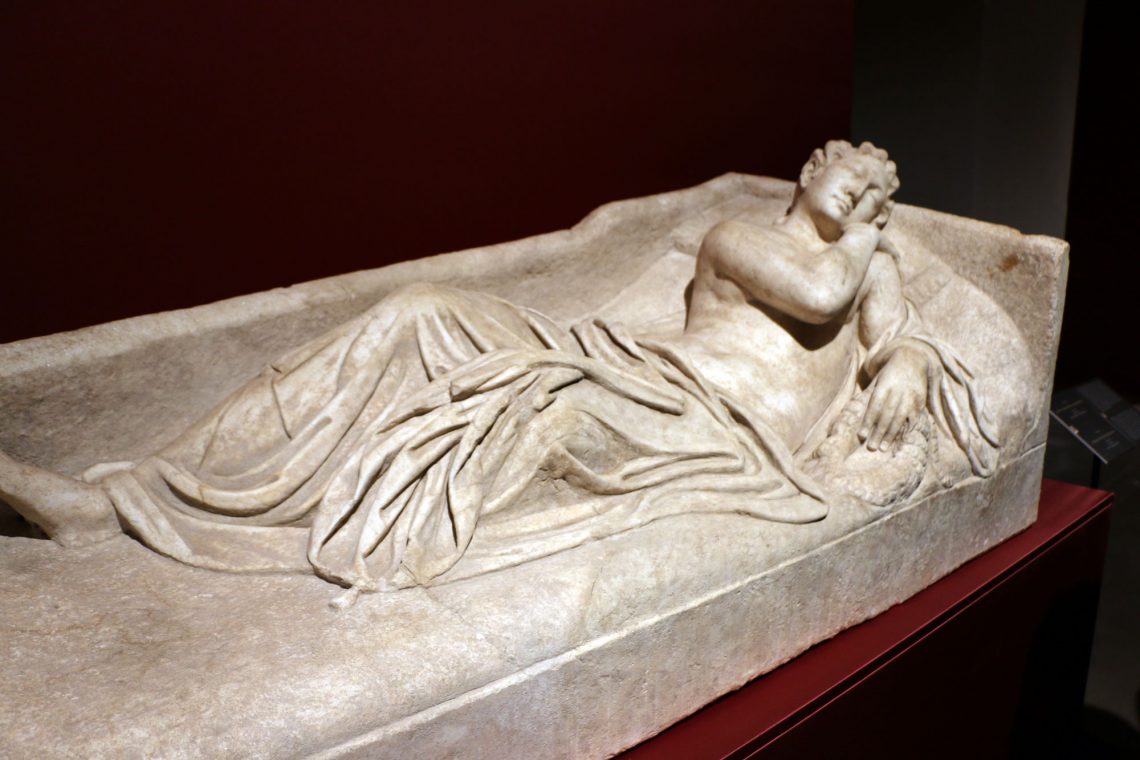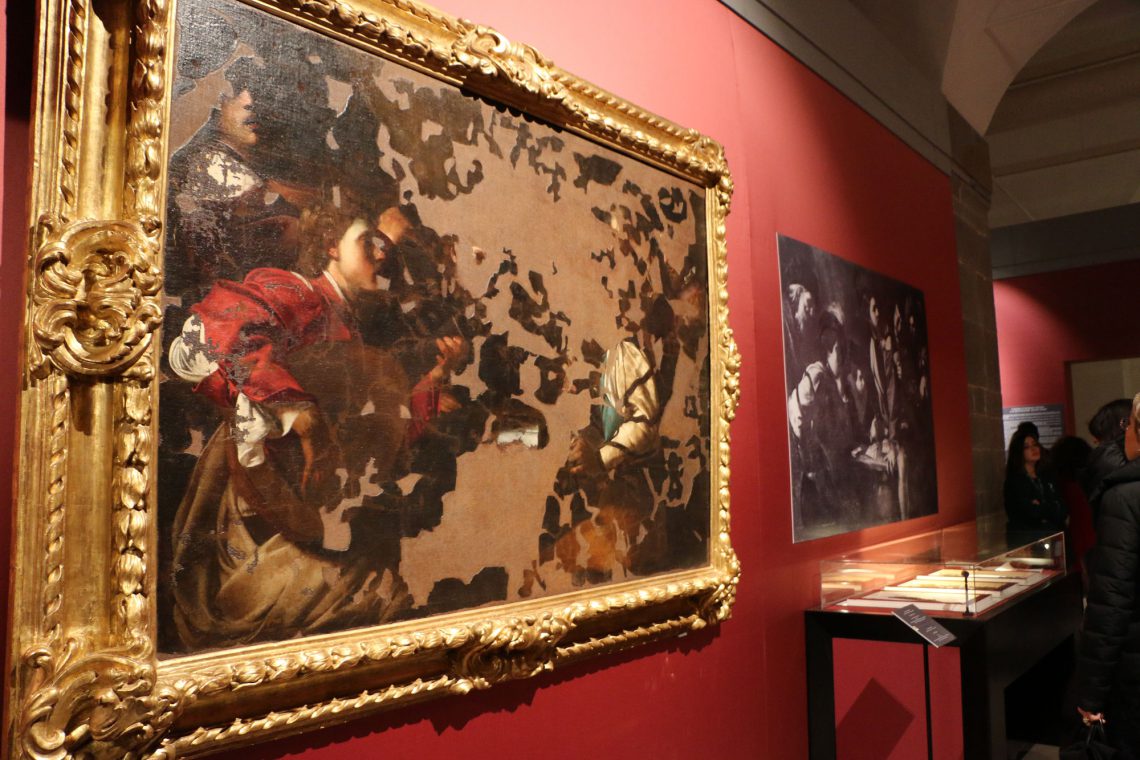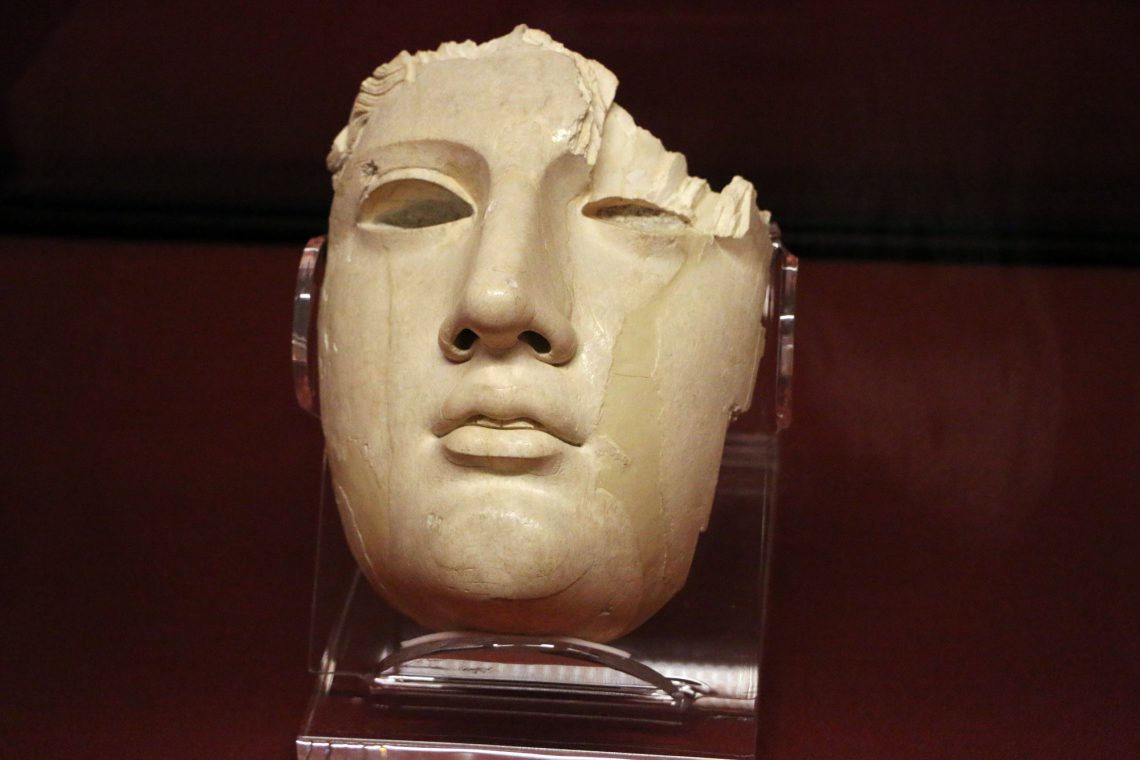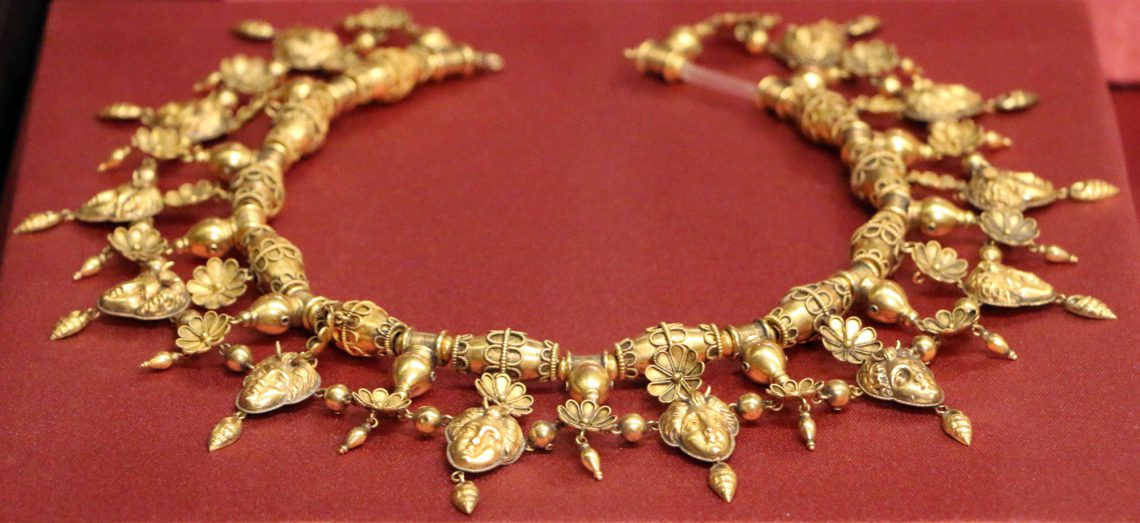New exhibition space opens at the Uffizi Gallery this December with a special exhibit dedicated to recovered stolen works of art
For Italy, its history and cultural identity is intrinsically tied to its art. Have you ever considered what Rome would be like without its classical works from the Roman Empire? How about Florence without its buildings and paintings from the Early Renaissance and Renaissance?
Over the passing of centuries, those in power have created art to express their power – as well as stolen it to express their domination over a nation. Consider the many Italian works of art spread across the world… which were taken or stolen over the centuries. From Napoleon to Hitler and right up to the mafias of today’s world, Art has been something to own, to possess and show off, specially for those who need to show it.
The recently opened temporary exhibit at the Uffizi Gallery in Florence, entitled “La Tutela Tricolore: Custodians of a Cultural Identity“, brings to the forefront the connection between art, a nation’s identity and how it can be “stolen” or “destroyed” as a means of conquest as well as economic gain.
The exhibit “La Tutela Tricolore“, in particular, highlights the work of the special Italian police forces dedicated to recovering stolen and missing artworks from Italy. Over the past 50 years, the Comando Tutela Patrimonio Culturale dell’Arma dei Carabinieri in Italy has recovered over 1 million pieces of archeological pieces and over 750,000 paintings.

The exhibit is divided into sections that illustrate the importance of art and history in our cultural identity as well as how their possession is used as a symbol of power. Going through each room, you will be able to see various facets of their recovery, as well as works of art on display for the first time in Italy after the special Italian art force have recovered it.
There are many facets this can take. The first room covers crime against art. From war and human conflict to natural disasters to planned robbery and illegal digs for export. Terrorist acts such as the bombing of the Uffizi itself in May 1993 by the Italian mafia.

The next section focuses on those who would protect it, such as Rudolfo Siviero in Italy. Siviero, an Italian minister, after World War 2 created a list of all of the artwork that was taken by Nazi Germany and disappeared from churches, museums, and private collections. Siviero went on diplomatic missions to Germany to obtain recognition of those works, reaching agreements to have many artworks returned. That list continues today to be in use by the Italian special art forces, following clues to their recovery. On exhibit, you’ll see such pieces such as the Domus Virginia from Lastra a Signa recovered only in 2014 as well as several pieces of the “La Carica dei Bersaglieri“, a work stolen and cut up into pieces in order to make it easier to sell.

On display are also items from archeological sites, stolen and exported illegally to be sold on the black market, often to complicit buyers. Just in 2001, the US and Italy signed an agreement that permitted the return of several such items from Boston, Los Angeles and Ohio.

Another section of the exhibit has works that have never been on display before in Italy, having only recently been recovered by the Carabinieri dell’Arte. This includes the Carro of Eretum recently returned from Copenhagen, a jade dagger belonging to the Stibbert collection in Florence, the illustrated pages of a chant book from the Santa Verdiana church in Castelfiorentino in Tuscany.

Today, there are still those that see such marvels and beauty and covet to have them in their possession. Consider the magnificent Castellani jewelry collection donated to the National Etruscan Museum of Villa Giulia in Rome. In 2013, a wealthy Russian woman wished to have them and commissioned a robbery of the jewels you’ll see on display. They are truly beautiful and luckily the robbery interrupted and the jewels recovered.

Lastly, consider again wars and the ongoing conflicts, such as the ones in Syria and other parts of the Middle East. Either artistic sites are sacked on purpose and items sold to obtain funds for continued purchase of arms or just simply destroyed. What role do we play in making sure this is not encouraged and that it does not happen? Italy once again is at the top of international forces, forming the unit “Unite4Heritage” this past February 2016 to help UNESCO and any member states identify the threat to these sites and go in and protect and preserve in crisis situations the heritage of not just one state but of the world’s cultural heritage and identity.
This also works in cases of natural disasters, such as earthquakes. Central Italy was hit by several earthquakes since this past August and the unit went it to salvage and recover what items could be recovered. You can see some of these artworks in Siena from now until October 2017 in the just opened documentary exhibit “La Bellezza Ferita” which we went to see this past weekend (with a review coming soon!).
Take a moment this holiday season and up to February 14, 2017 to stop by this very special exhibit at the Uffizi in Florence. It will open a new door into the appreciation of the importance of art in our identity and history.
La Tutela Tricolore: The Custodians of Cultural Identity
December 20, 2016 – February 14, 2017
Open Tuesday – Sunday from 10am to 5pm
Closed Mondays
Entrance is FREE – enter through entrance 2 at the Uffizi, turn right past the first bookshop, then left to enter the exhibit.
About Lourdes Flores
An American living in Florence for over 10 years, Lourdes continues to explore and discover new places in Tuscany with the eyes of a tourist but with the experience of living in Italy. She shares her experiences on this blog and website, particularly offering lots of travel planning help on the Forum!